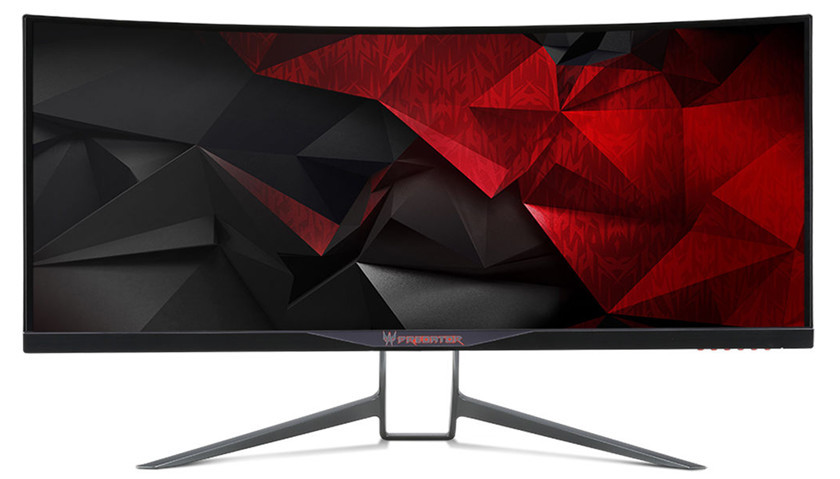
Monitors are the most important peripheral in our computer system, as a main viewing screen for our desktop, as a secondary screen to which we connect our laptop to boost our productivity or as a screen for our console. An investment which we probably won’t replace in several years and to which it’s wise to pay close attention.
For that reason, our following Christmas gift guide will be all about the best monitors out on the market. We will review the main factors to keep in mind when choosing a model that best suits our needs and budgets, the most attractive formats like 4K or ultra-wide, and we’ll finish with a selection of all types of models with links and prices.
Most important features
Size. Surely one of the first factors to keep in mind when buying a monitor is the size of the screen. It’s measured diagonally in inches from one corner of the screen to the opposite one. There are many sizes to choose from, from 15 inches all the way up to 40. The average global screen measures 21.5 inches, while the most standard size is between 23 and 24 inches. Before your purchase, make sure that you have enough space on your desk because large displays are usually extremely wide.
Resolution. It’s the amount of pixels that can be displayed on the screen and will be presented as the maximum resolution or as the native resolution. In order to distinguish them we will need to look at the exact width and height in pixels, although we will also be able to find them by their commercial names (HD, FHD, 2K, 4K, etc.). Currently, we can find native resolutions from 1024 x 768 pixels (XGA) up to 7680 x 4800 pixels (WHUXGA). For a monitor that’s going to be used for all kinds of activities, we shouldn’t choose anything less than Full HD (1920 x 1080 pixels).
Aspect Ratio. The ratio between the width and height of a monitor, calculated by dividing both and expressed generally as ‘X:Y”, although we can also find them by their commercial names, for example “ultra-wide”. There are are bunch of them but the most common ones are 16:9, 16:10 or 21:9.
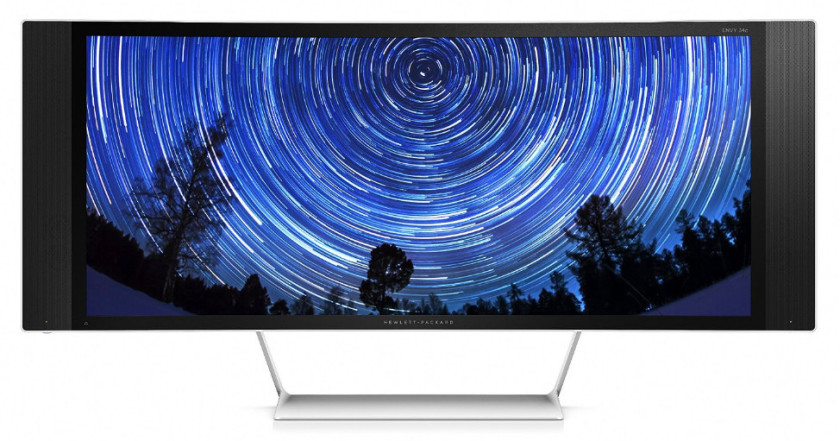
Types of panel. Setting aside the classic panels based on cathode ray tubes (CRT with enormous rear ends and power consumption, but with good image quality and chromatic variety) up until the massive arrival of OLED, which intends to change the entire display industry, choosing a type of panel goes through LCD and TFT LCD which, in their different versions are currently the most used. Here we find –by order of quality- the most basic and affordable TN, MVA, PVA and IPS panels, their different variations and their improved version, PLS.
Brightness – Contrast – Color – Viewing Angles. We should also keep in mind the technical specifications of all displays, even if these parameters are more important in professional screens than in consumer models. With these parameters, the more the better. Maximum brightness from 200 cd/m2; contrast ratio of at least 850:1, 176 degree or higher viewing angles and support in % for the different color palettes.
Response time – Refresh rate. These are also factors to keep mind, especially for gaming. Faster panels offer a lower response time, around 1 millisecond (the time it takes a pixel to change from one color or tonality to another one and return to the original), while there are monitors that offer high refresh rates (frequency with which the image is drawn on the screen), from 60 up to 144 Hz.
Connection ports – NVIDIA and AMD Synchronizers. Currently, the best monitors offer a good amount of inputs. From old analog connections like VGA to the most modern ones like USB Type-C. The most used connections now are HDMI and/or Display Port. Another important factor (also important for gaming) is support for technologies like AMD FreeSync and NVIDIA G-Sync, which improves communication between the graphics processor and the monitor.
Curved Panels. Another emerging technology which promises a more “immersive” experience and also to improve side viewing in larger models, as we said in our post about curved screens. The radius of the curvature indicates a greater or lesser curve and is basically the only parameter that’s not on a standard monitor that we should consider. We should mention that, with the same amount of money, we can buy a superior flat TV. And try to see it in person. If this recommendation is important for all monitors, with curved screens it’s mandatory since not all users can get used to them.
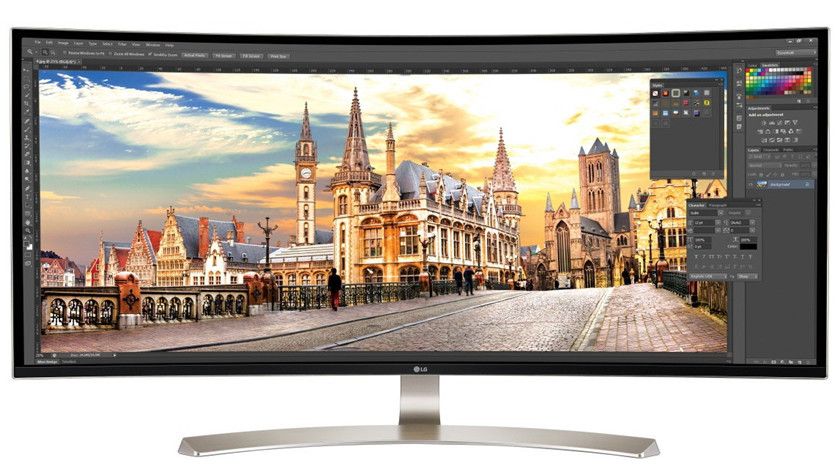
Other aspects. Even though the previous factors are the most important ones to keep in mind when choosing a monitor, there are other aspects that we would like to mention since they can be important for some users. This includes the ability to change the height, rotation or inclination of the screen via the base for better ergonomics, power consumption; if the monitor includes integrated speakers or a USB hub; touch panels, if the design has narrow bezels which allow the use of two or three monitors or more technical specifications for professional monitors like point size, support for different color ranges or calibrations.
4K Monitors
The amount of 4K models is increasing and is currently one of the most attractive formats which is why we will talk about them. The standard which regulates ultra high definition considers different resolutions starting at 3840 x 2160 pixels and in the future, native science fiction resolutions of 7680 x 4320 pixels (8K).
Apart from resolution, this standard requires an increase in panel quality, with PLS or Plane to Line Switching technology, which must cover at least 100% of the sRGB color range and have Technicolor certification. Although prices have been going down, they’re not doing so as fast as consumers would like and as promised as is one the problems that must be resolved in order for this resolution to be enjoyed by everyone.
In a desktop, another issue which still has to be resolved is that not all applications are optimized to work in these resolutions. The main operating systems, Windows, OS X and Linux, do offer support although it does need improvement.
In terms of games, if you’ve had the opportunity to play them in 4K you probably noticed that it’s a amazing experience. But there is one major problem, it requires a high end computer which is a big investment in order to run games at reasonable rates, since frame dropping at 4K is brutal. To play in 4K resolutions with filters enabled, which give you the best quality on big games and to avoid frame dropping, you must have high end dedicated graphics. And not just any model, since at 60 FPS they recommend directly using multi-graphic in SLI or Crossfire configurations.
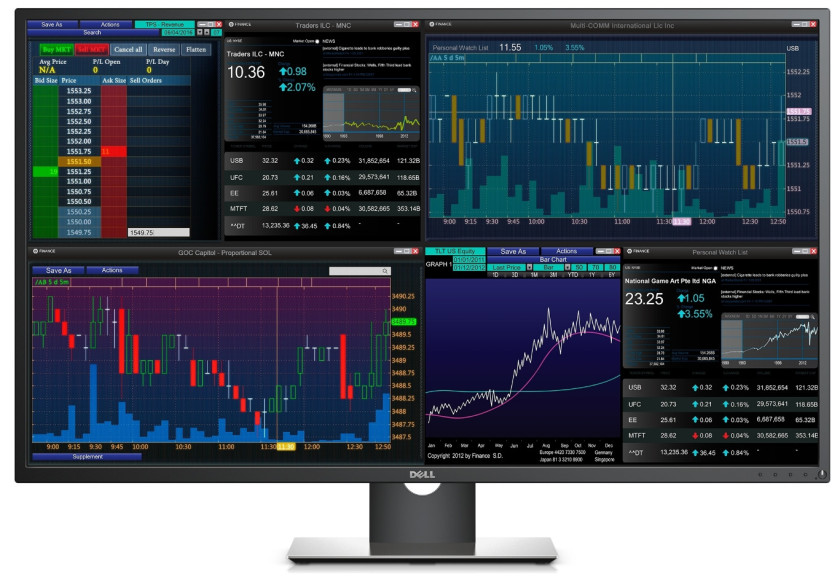
If you have a lot of money to buy one of the new 4K monitors, go ahead. It’s a big investment if you purchase adequate hardware to go with it. Support from operating systems is improving with each version, as well as their scaling functions. Multimedia content, even though is taking a while, is coming (Blu-ray 4K is on the way) as well as applications which are optimized for this resolution. Games are a pleasure to play with multi-graphic configurations and every day there are more titles, but as you know, there are also disadvantages.
UltraWide Monitors
Ultra-wide monitors (or monitors with ultra wide screens) are also one the current gambles in the industry to help boost sales of these peripherals, indispensable in a computing desktop. The feature that defines these monitors is their aspect ratio, that is, the ratio between the width and height of the screen, which we saw in the general characteristics.
If in the old monitors (and televisions) with cathode rays (CRT) the largest ratio was 4:3 (4 pixels of width for every 3 pixels of height), the arrival of LCD and TFT models offered other formats which we had only seen in cinematic screens: 15:9, 16:10 or 16:9 which is currently the largest.
In order to offer some advantages that come with the increase in the amount of information (in width) of multi-screen systems, the industry started offering a 21:9 format, which is the standard used for recording movies and in movie theaters. From there it reached the monitor market, although its massive presence is relatively recent and is not for every user.
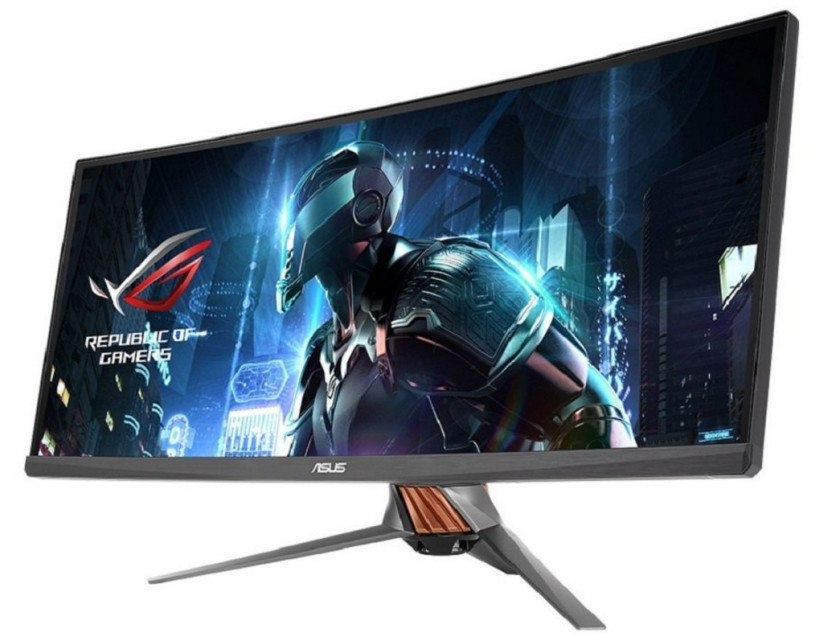
The name UltraWide monitor corresponds, as we have seen, to the 21:9 format, a commercial name that’s a used a lot for marketing but that in reality is defined by its real ratio, 2.37:1. The screen is wide, very wide, and compared to 16:9, is the most utilized in the market due to its use in high definition television and in most computer monitors, with a real ratio of 1.77:1.
Defenders of this desktop format value the greater amount of vertical viewing space which allows the user to see more open windows, better immersion when playing games and a perfect experience when watching movies.
There are some disadvantages. You have less horizontal viewing space which can affect, for example, web browsing or working with spreadsheets. With regard to videogames, it is true that it’s a pleasure to play games that support this format, especially driving or flight simulators or strategy games, but with other types, it’s not supported and the scaling is incorrect.
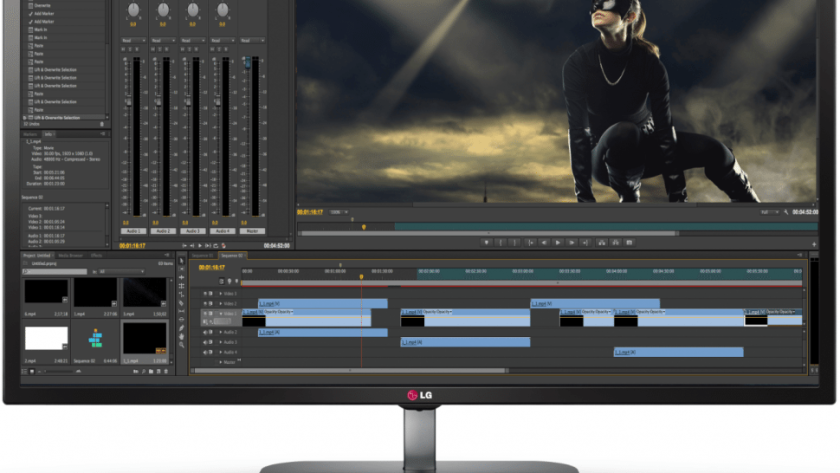
The Best Monitors
The offering of computer monitors is huge and choosing one, if you’ve read the whole article, is not easy if you consider all of its characteristics. As a general rule, if you have a limited budget, simply forget about big screens, high resolutions, curved panels and added features.
It’s more cost-effective to buy a 23” Full HD monitor with a quality panel and good levels of brightness, contrast or color, than a low quality 30” curved 4K monitor. With that in mind, here’s a selection of what we were able to find in the pro market which would be useful to look at when looking for one of the most important peripherals for our computer system.
Best Monitor for Gaming
Best Monitor for Photo Editing
Best Monitor for Macbook Pro